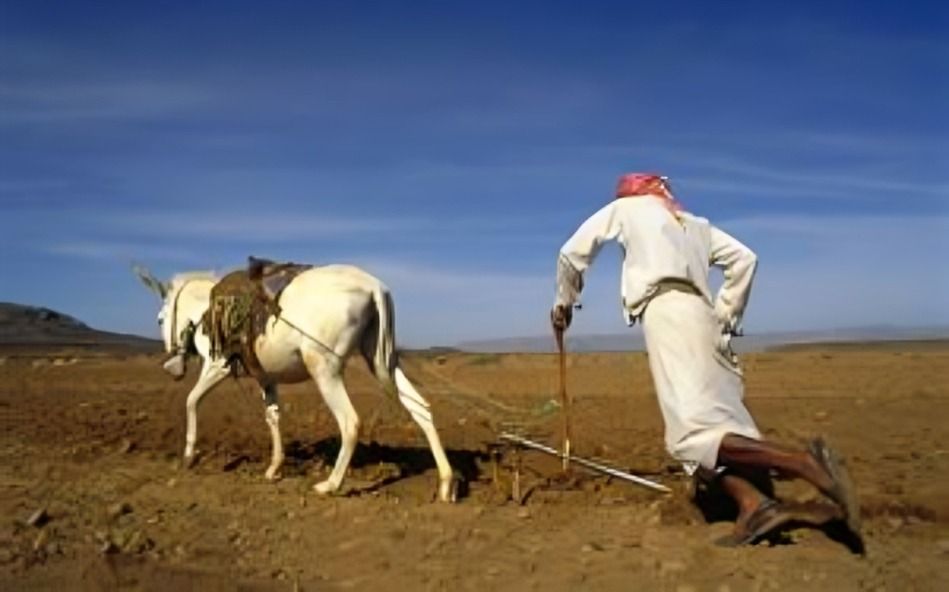
“
The Neolithic period marks a pivotal moment in history when humans transitioned from foraging to farming, fundamentally reshaping societies. In this blog, we’ll uncover 20 Interesting Facts About Neolithic Agriculture, exploring how early humans cultivated crops and domesticated animals. This agricultural revolution enabled the formation of permanent settlements, led to technological advancements, and laid the foundation for future civilizations. From the first domesticated crops like wheat and barley to the tools used for farming, delve into these fascinating insights and learn how Neolithic agriculture shaped human history. Explore the remarkable innovations that defined this era!1
1
”
The Neolithic era marked humanity's shift from hunting to farming, with emmer wheat being one of the first cultivated crops, sustaining early agricultural communities.1
Agriculture began in multiple regions: the Fertile Crescent cultivated wheat, China focused on millet, Mesoamerica on maize, and Africa developed sorghum, each adapting uniquely.2
One of the most overlooked aspects of Neolithic farming is the domestication of sheep for both wool and milk, which drastically changed clothing and diet, allowing people to thrive in colder climates.3

Incredibly, the earliest plows were made from simple tree branches. Pulled by humans or animals, these primitive tools paved the way for the modern agricultural machinery we rely on today.
Neolithic farmers mastered the art of food storage. They built underground silos lined with clay or stone, protecting grain from pests and moisture, which made long-term food preservation possible for the first time.4
Permanent villages formed around agricultural hubs. This allowed Neolithic people to build larger, more advanced homes from mud bricks and stones, a far cry from the temporary shelters of nomadic life.5
Social hierarchies emerged due to land ownership. Those with more land and better tools gained power, becoming the early versions of what we now recognize as the elite class.6
Irrigation was a Neolithic innovation that helped crops thrive in arid regions. Farmers developed channels to divert water from rivers to their fields, dramatically increasing crop yields in difficult climates.7
Surprisingly, the earliest form of beer was brewed during the Neolithic period. Grains like barley were fermented to produce a beverage that held cultural and social significance in many early societies.8

The domestication of dogs played a vital role in farming. More than just pets, they protected livestock, helped herd animals, and were even used to guard food stores from wild predators.
Neolithic tools became highly specialized. Sickles made of flint were crafted to harvest crops faster and more efficiently, showing early innovation in agricultural techniques that saved time and labor.9
The shift to agriculture reshaped ecosystems. Vast forests were cleared to make way for farmland, which had a dramatic impact on wildlife, soil, and water sources, marking the beginning of human-driven environmental change.10

Pigs were domesticated during the Neolithic period not only for meat but also because they thrived in human environments, turning waste into food while requiring minimal resources to care for.
Farmers in the Neolithic era used slash-and-burn techniques to clear land for cultivation. This method enriched the soil for planting but had to be rotated often as soil nutrients depleted quickly.11
Agriculture spurred population growth at an unprecedented rate. As food became more plentiful and reliable, Neolithic societies grew rapidly, enabling the formation of more complex and populous settlements.12
Neolithic farmers experimented with seed selection, choosing the best grains to plant. This early form of genetic selection led to higher yields and stronger crops, the foundation of modern agricultural science.13
The rise of surplus food meant Neolithic societies could engage in trade. Early farmers exchanged crops, livestock, and goods like pottery, leading to the development of rudimentary trade routes between communities.14

With agriculture came new diseases. As people settled in one place and lived closely with animals, diseases like smallpox and tuberculosis began to spread, an unintended consequence of the agricultural revolution.
Agricultural tasks required cooperative effort. Neolithic farmers worked together to build irrigation systems and shared tools, fostering strong community bonds that helped their societies thrive.15
Neolithic spiritual life revolved around the agricultural cycle. Fertility gods, harvest rituals, and seasonal ceremonies became integral to their culture, showing the deep connection between farming and early religious practices.16


